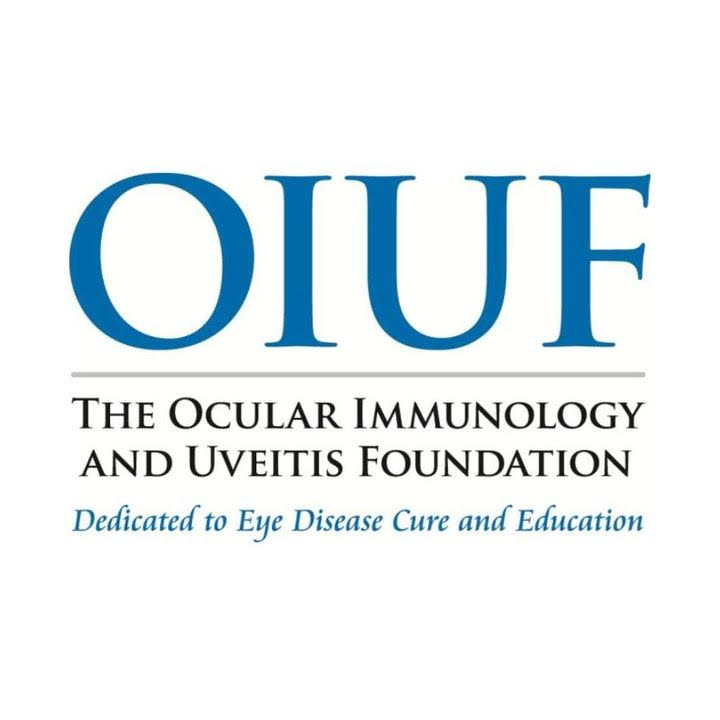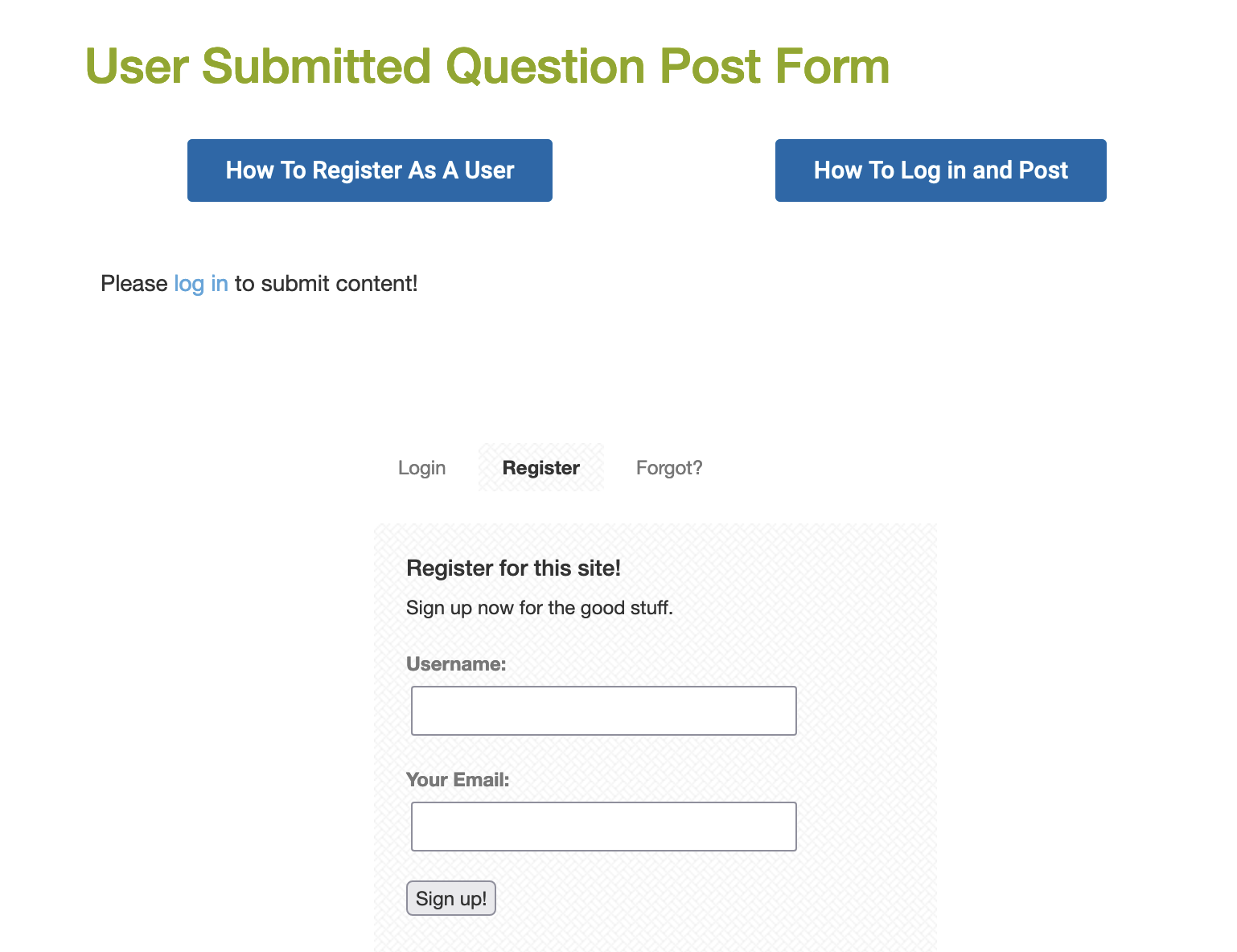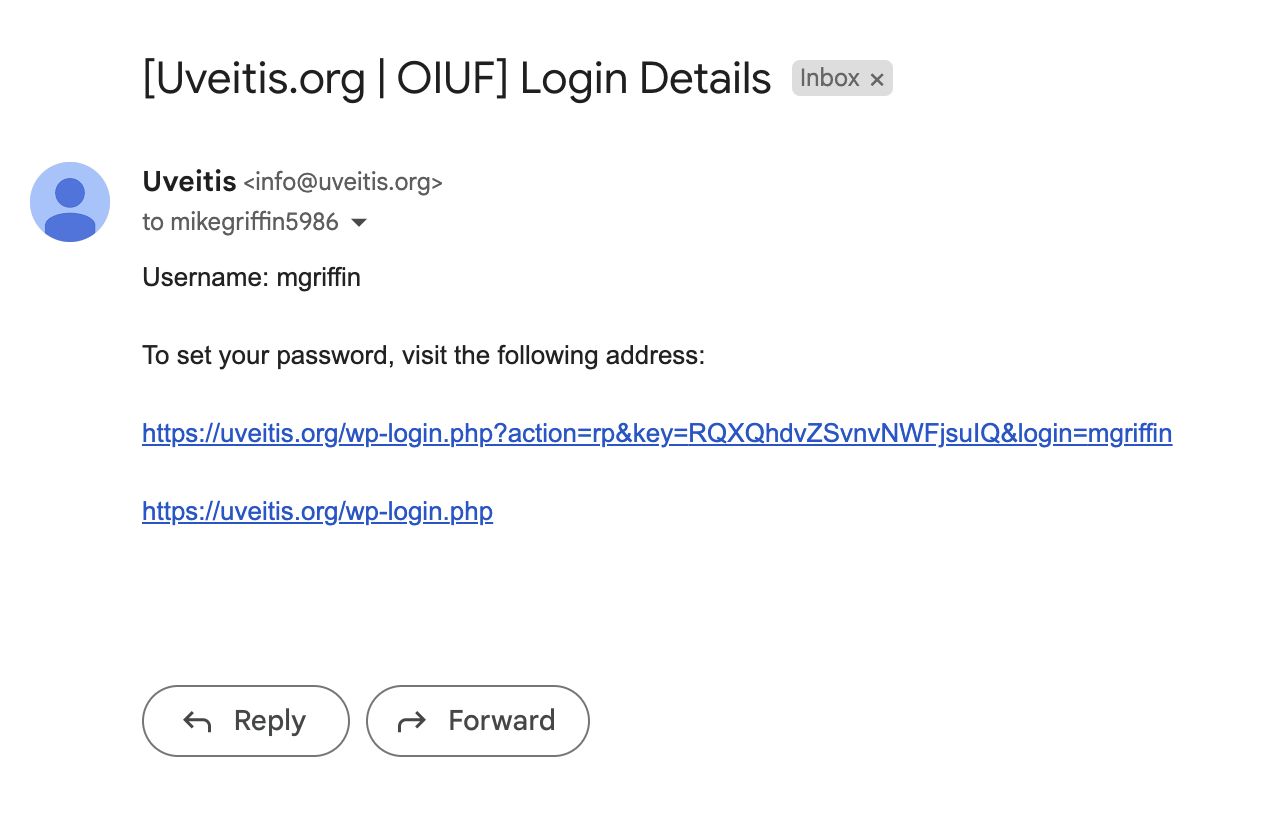By C. Stephen Foster, MD, FACS, FACR and Frances Foster, MS, NP
In Highlight of Children’s Eye Health and Safety Month, We Advocate, of course, eyewear protection and sunglasses, but will focus on the importance of vision screening in this blog.
Undetected and untreated vision problems can interfere with a child’s ability to learn in school and participate in sports. The earlier a vision problem is diagnosed and treated, the less it will impact an individual’s quality of life. Vision screening programs are intended to identify children who may have undetected vision problems like uveitis, especially in children with juvenile idiopathic arthritis. The recommendation for patients with JIA who are high risk for uveitis need screening with an ophthalmologist every 3 months. We highly recommend vision screening in schools, but of course, a vision screening cannot be relied upon to provide the same results as a comprehensive eye and vision examination. A pediatrician or other primary care physician may do a vision screening as part of a school physical. Vision screenings are often part of local health fairs put on by hospitals, social service agencies or fraternal groups like the Lions and Elks clubs. There are limitations to a vision screening test and cannot substitute for a comprehensive eye exam. The major limitation by American Academy of Ophthalmology is that most vision screening tests are only for distance visual acuity. While the ability to see clearly in the distance is important, it does not indicate how well the eyes focus up close or work together. Nor does it give any information about the health of the eyes. Some screenings can include a test for farsightedness and eye coordination, but even these additional screening tests can miss eye health problems.
A comprehensive eye and vision examination are always best. An ophthalmologist can conduct a comprehensive eye and vision examination as well as make a definitive diagnosis and prescribe treatment. A comprehensive eye and vision examination include:
- Patient and family health history
- Visual acuity measurement with depth perception, color vision, peripheral (side) vision and the response of the pupils to light
- Assessment of refractive status to determine the presence of nearsightedness, farsightedness or astigmatism
- Evaluation of eye focusing, eye movement abilities
- Additional tests as needed
Frequency of Routine Vision Screening – American Academy of Ophthalmology (AAO) recommendations:
- New infant
- Once from age 6-12 months
- Once between the age of 3-5
- School-age every 1-2 years
The recommendation from for patients with JIA who are high risk for uveitis need screening with an ophthalmologist every 3 months.
References:
Gudgel, D. (2014, August 4). Eye Screening for Children. Retrieved from https://www.aao.org/eye-health/tips-prevention/children-eye-screening
Eye Health Observances. (. (2019, August 13). Retrieved from https://www.aao.org/newsroom/observances
Recommended Eye Examination Frequency for Pediatric Patients and Adults. (2019, August 13). Retrieved from
#childrenseyehealth #visionscreening #ophthalmologist #uveitis #juvenileidiopathicarthritis #jia #aao #aoa





